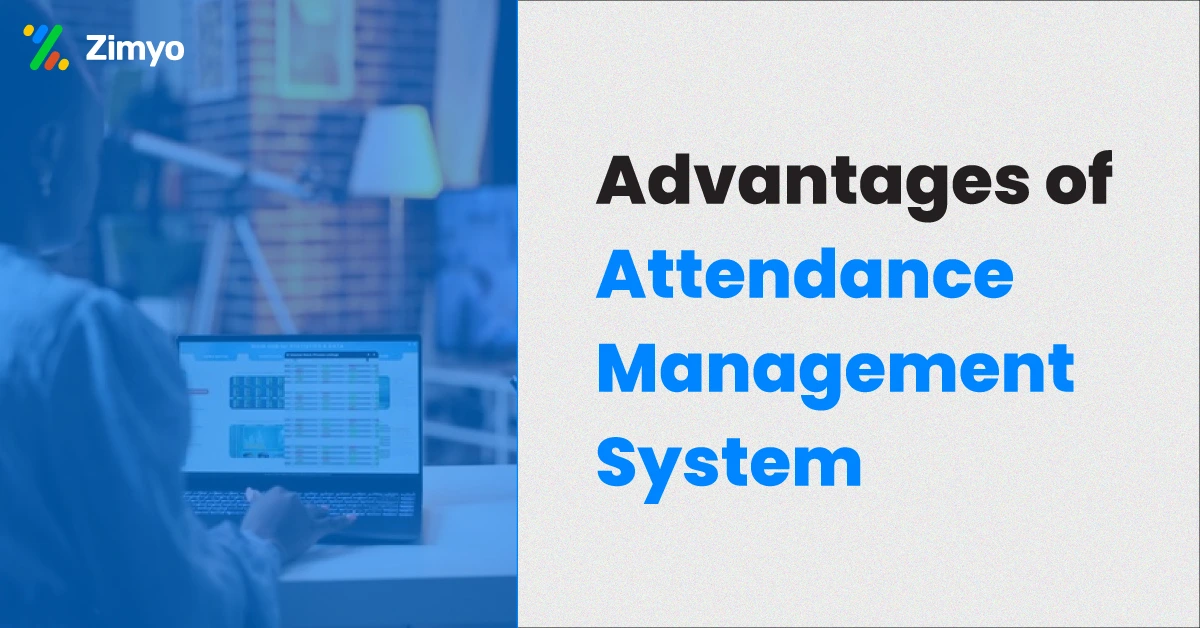Work shifts refer to designated periods during which employees are scheduled to work. Work shifts play a crucial role in industries that operate round the clock or for extended periods. That is why organizations use shift schedules to stay organized and manage employees’ work timings effectively. However, not all work shifts are the same. Two common scheduling systems, fixed shifts, and rotating shifts, offer distinct approaches to organizing work schedules. In this blog post, we will delve into the key differences between fixed and rotating shifts,
Fixed Shift Schedule
A fixed shift is a type of working schedule where the employees have a set of fixed clock-in and clock-out timings. This type of shift schedule commonly has fixed working hours of around 35 to 40 hours per week. However, the shift timings and work days can vary from company to company. For example, one company can have a fixed schedule of 8:00 am to 4:00 pm from Monday to Friday, whereas another can have a fixed shift schedule of 3:00 pm to 11:00 pm From Monday to Saturday.
Advantages of Fixed Shifts:
- Predictability: Employees can plan their personal activities, appointments, and social engagements in advance, as they know their work schedule well in advance.
- Work-Life Balance: Fixed shifts allow employees to establish a regular sleep pattern and manage their work-life balance accordingly. This can positively impact their overall well-being and productivity.
- Stability: Some individuals thrive in routines and prefer the stability that fixed shifts offer. Having a consistent work schedule allows them to find a balance between work and personal life.
Rotating Shifts
The rotating shits is a type of shift schedule where employees work on different shifts on a regular basis, often in a cyclical pattern. This means employees may work morning, afternoon, or evening shifts in a predetermined rotation. The rotation can be daily, weekly, or follow another pattern depending on the needs of the organization. For instance, an employee might work the morning shift for a week, followed by a week of afternoon shift, and then a week of evening shift before the cycle repeats. Rotating shifts are commonly used in industries that require 24-hour operations or continuous coverage, such as healthcare, manufacturing, and emergency services.
Advantages of Rotating Shifts
- Variety: Employees working rotating shifts get to experience different work environments, colleagues, and challenges across various shifts. This can provide a sense of novelty and avoid monotony in their roles.
- Skill Development: Exposure to different shifts allows employees to develop a broader skill set, adaptability, and versatility in handling diverse situations that may arise during different times of the day.
- Shift Preferences: Some individuals prefer rotating shifts due to the potential for variety and the opportunity to explore different work schedules or environments.
How to manage Employee Shifts?
Managing diverse employee shifts can be a challenging task for an organization. Fortunately, organizations can leverage cutting-edge HR technology to set different types of shift schedules for their employees. In Zimyo HR Software, you can set both fixed and rotating shifts and configure the shift timings for employees in just a few simple clicks. In addition to that, you can also sync your employee’s time and attendance timing with payroll to ensure that they always get paid on time. Lastly, you can continuously monitor and make necessary changes as per your requirements. Thus, allowing organizations to manage their workforce effortlessly.
Conclusion:
While both fixed and rotating shifts have advantages, there are important considerations to remember. Rotating shifts can disrupt the natural sleep-wake cycle and may lead to challenges in maintaining a healthy work-life balance. Sleep deprivation and difficulty adjusting to changing schedules can impact employees’ physical and mental well-being. On the other hand, fixed shifts may limit flexibility and become monotonous for individuals who thrive on variety and change.






